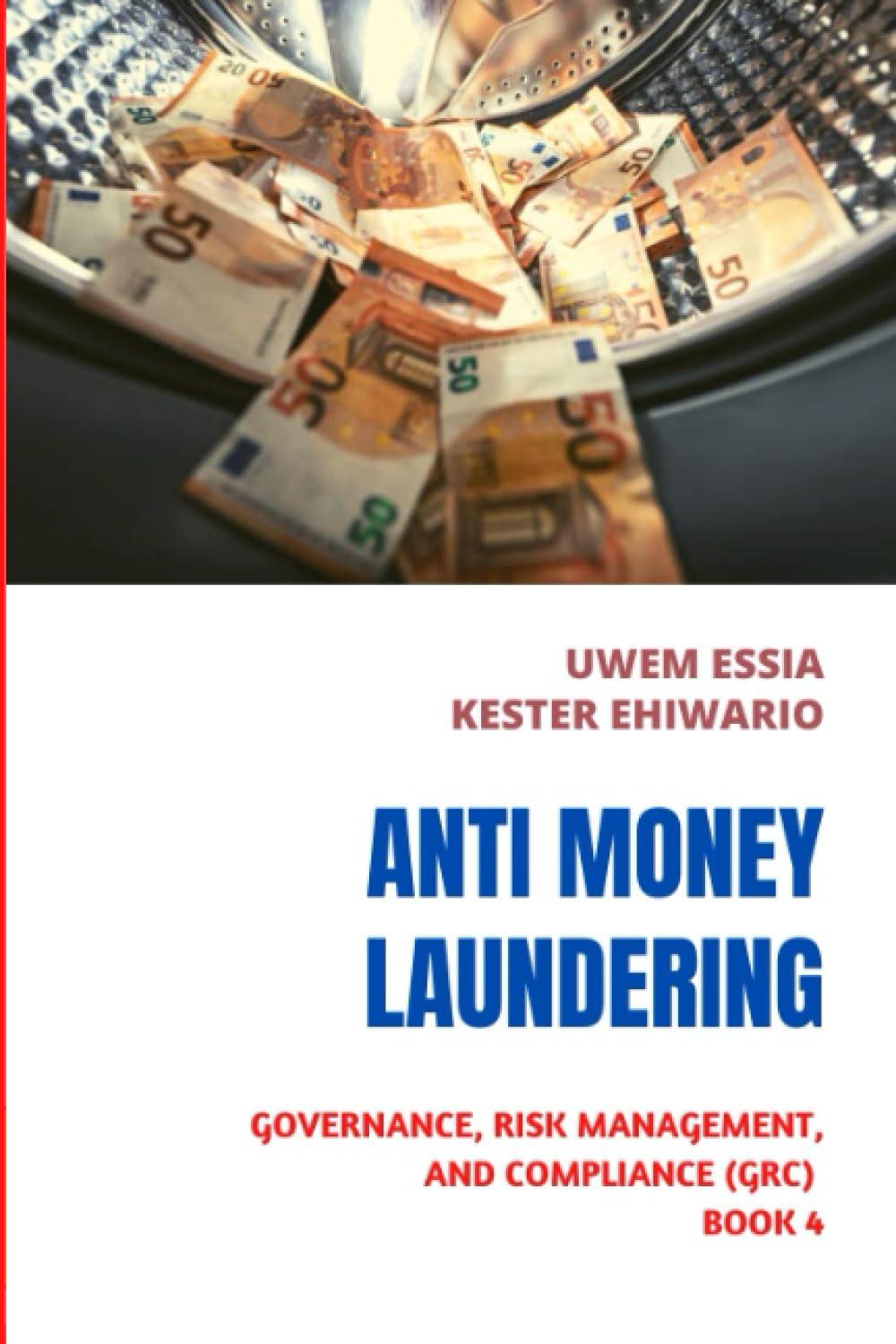Cinefilm (CF) is an entertainment and media company established in 1979 by two brothers in Toronto. Originally, the company started with a single movie theatre in Toronto. CF has now grown into a large nationally recognized company that is publicly traded on the TSX with the symbol CF. FINANCE CF has three operating segments: movie theatres, streaming content, and advertising The movie theatre segment generates revenues from theatre attendance, including box office, food service, and gaming revenues. CF operates 100 theatres from coast to coast. The streaming content segment offers pay-per-view movies, specialy programming, and on-line games. The services are provided through the Internet or large cable providers. The advertising segment consists of all in-theatre advertising revenues and costs (such as preshow, show-time, magazine, and lobby advertising) and streaming-content advertising (such as commercials and banner ads). . CF's shares are widely held and have a strong following of analysts. CF's share price has experienced significant growth in recent years due to strong growth in all three operating segments, The management team is preparing the company's financial statements for the December 31, 2020 year end Analysts expectations for fiscal 2020 can be summarized as follows: Earnings per share Revenue Debt to equity ratio Return on assets Expectation $1.45 (diluted) $145 milion 1.20:1 10% (net income/total assets) The CFO and accounting department are currently analyzing the following issues in preparing the year and financial statements Boccadamia Mada Modi The CFO and accounting department are currently analyzing the following issues in preparing the year-end financial statements. 1. 2. During the year, CF launched a new loyalty program called the Movie Points Program (MPP). Individuals can sign up for a loyalty card and earn 1 MP for every movie ticket purchased. Seven MPs are required for a free movie. The program has been a big success, and 428,480 MPs were issued during 2020, with 31,188 free movies being awarded. Management expects that 14% of the points will never be redeemed (that is, 1 of 7 points) No journal entries have been recorded in the financial statements related to the MPP. On average, a movie ticket has a retail value of $10 and a total cost of $3. On January 1, 2018, the company issued a $1 million, five-year bond with a coupon rate of 5% when the market rate was 6%. The bond pays interest annually and has no conversion features. The bond was issued for $1,187,766. On December 31, 2020, the company reacquired the bond for $1,178,000. The bond discount is amortized with the effective interest method. On December 1, 2020, the company reacquired 260,400 common shares from the public market for $63 per share. Management reacquired the common shares as a means to signal to shareholders that they believe the shares are undervalued Prior to the acquisition, the shareholders' equity section of the statement of financial position was as follows: Preferred shares (250,000 authorized, 250,000 issued) Cumulative dividend of $1 per share $2,500,000 Common shares (unlimited authorized, 9,500,000 issued) 228,000,000 Contributed surplus common share retirement Retained earnings On December 31, 2020, the board of directors declared a total dividend of $714,500 to be paid out to the preferred and 3 . 545,000 125,575,000 4. common shareholders Record the year-end journal entry to recognize the loyalty program under both the revenue approach and the expense approach. Note that the revenue approach is the only option under IFRS. The expense approach is provided in this question for illustration purposes only. (Credit account titles are automatically indented when the amount is entered. Do not indent manually. Round your answers to 0 decimal places, eg. 2,725.) Account Titles and Explanation Debit Credit (To record loyalty program under revenue approach) (To record loyalty program under expense approach) For the following in the table below assess whether the revenue or expense approach will have the most negative impact on the metric identified below for 2020. Note that the revenue approach is the only option under IFRS. The expense approach is adopted in this question for illustration purposes only. Earnings per share Warranty Expense >














